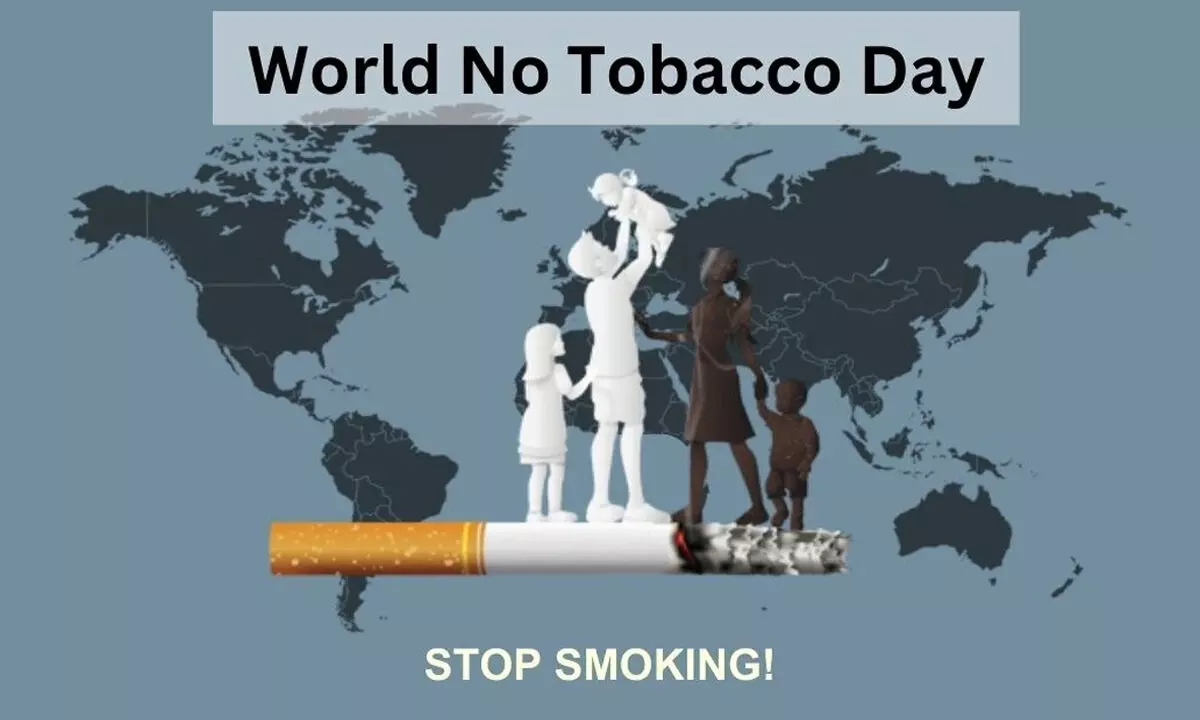On May 31st, the world observes No Tobacco Day , a day dedicated to raising awareness about the detrimental effects of tobacco use and advocating for effective policies to reduce tobacco consumption. This year, the spotlight is on the often-overlooked but significant health dangers of passive smoking, also known as secondhand smoke. What is Passive Smoking? Passive smoking occurs when non-smokers inhale the smoke exhaled by smokers or the smoke from the burning end of a cigarette, cigar, or pipe.
This involuntary exposure to tobacco smoke can happen in various settings, including homes, workplaces, public areas, and vehicles. Components of Secondhand Smoke Secondhand smoke contains a mix of over 7,000 chemicals, hundreds of which are toxic, and at least 70 are known to cause cancer. The harmful components include: •Nicotine: An addictive substance that affects the heart and nervous system.

•Carbon Monoxide: A poisonous gas that reduces the oxygen-carrying capacity of the blood. •Tar: A residue containing cancer-causing substances. •Formaldehyde: A chemical that can cause respiratory issues and cancer.
• Benzene: Linked to leukemia and other blood disorders. Health Risks Associated with Passive Smoking 1. Respiratory Infections and Diseases Exposure to secondhand smoke can cause or exacerbate respiratory problems.
Non-smokers, especially children, are at a higher risk of developing bronchitis, pneumonia, and asthma. In adults, it can lead to chronic obstructive pulmo.
















